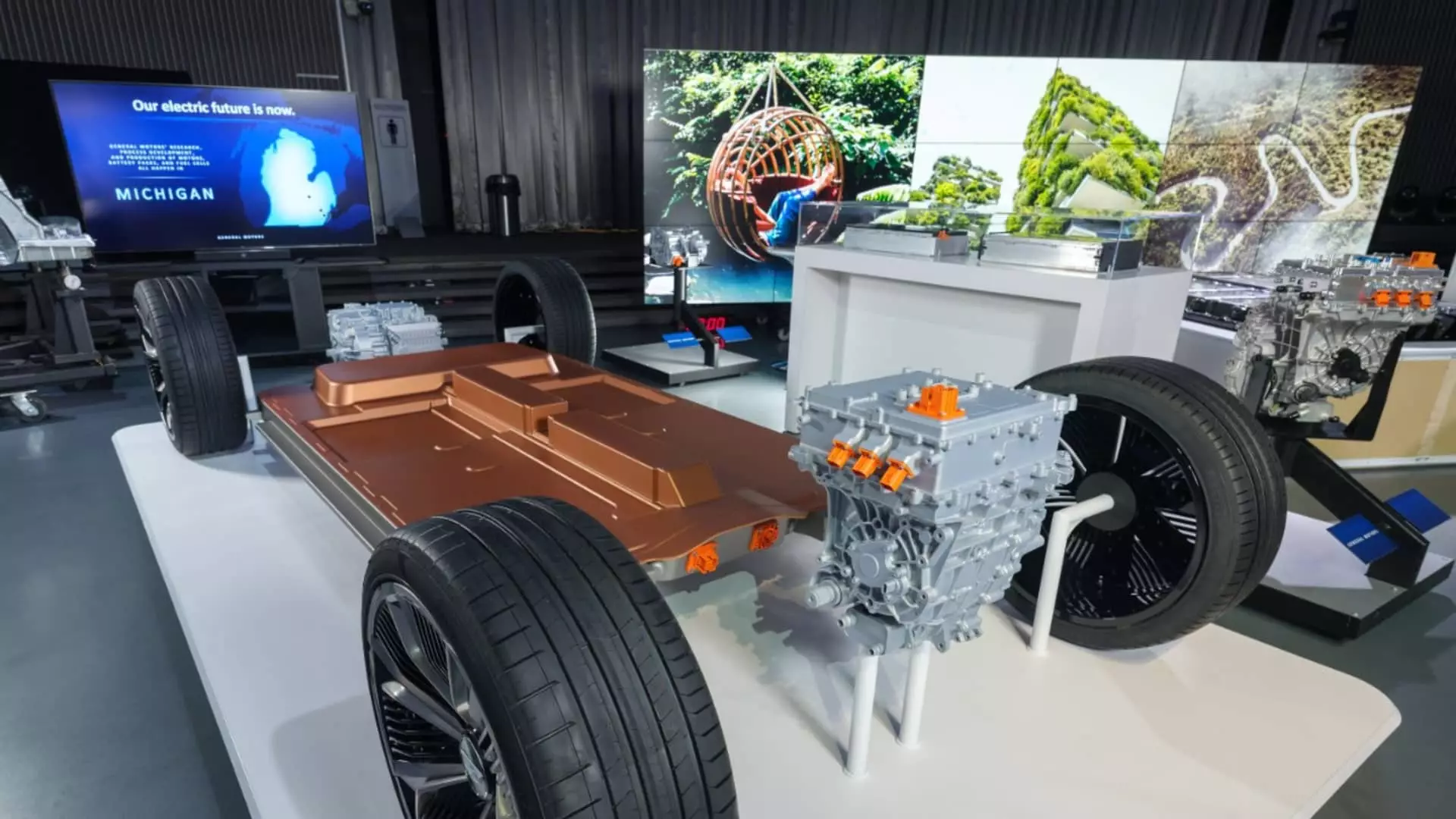In a surprising turn of events, General Motors (GM) announced its decision to divest its stake in a $2.6 billion electric vehicle (EV) battery cell manufacturing plant located in Lansing, Michigan. This facility is a joint venture with LG Energy Solution, and GM’s choice to sell, which includes an expectation of recouping approximately $1 billion from its investment, signals a significant pivot in the automaker’s business strategy. The agreement, described as non-binding, is projected to close in the first quarter of next year, further highlighting the evolving landscape of the electric vehicle sector.
The Lansing plant, a massive 2.8 million-square-foot facility, was intended to serve as the third main battery cell production site for GM and LG through their joint venture, Ultium Cells LLC. With existing operations in Ohio and Tennessee, the plant’s near completion symbolizes a major investment in future EV technology. However, GM’s recent decision seems intertwined with broader challenges. The automaker faces difficult market conditions characterized by slower consumer demand for electric vehicles and increasing uncertainty surrounding federal EV incentives in the current political climate.
This strategic move raises questions about GM’s overall commitment to electric vehicle production. Although the company has assured stakeholders that this step will not alter its ownership stake in the joint venture or its plans to collaborate with other suppliers, the sale reflects a pragmatic approach to address current production challenges. It represents GM’s intent to streamline operations and allocate resources in a more efficient manner, reducing potential financial exposure in high-capital projects.
Despite shedding its stake in the Lansing plant, GM has reaffirmed its commitment to innovation in battery technology. Alongside the plant’s divestiture, GM announced an extension of its 14-year partnership with LGES to develop prismatic battery cells, which are designed to improve cost efficiency and vehicle performance. These prismatic cells offer space-efficient packaging, facilitating weight reduction in EVs and simplifying production processes. By focusing on optimizing battery chemistry and module design, GM aims to enhance safety measures and cultivate a competitive edge in the EV market.
Kurt Kelty, GM’s vice president of battery cell and pack, articulated the company’s vision, highlighting its dedication to evolving technologies that support future electric vehicles. This diversification in battery shapes and chemistries could not only elevate GM’s electric vehicle performance but also impose a less volatile manufacturing environment. The partnership with LGES, hence, remains a cornerstone of GM’s strategy for embedding itself more firmly within the rapidly advancing EV landscape.
General Motors stands at a crossroads as it seeks to navigate the complexities of the electric vehicle market. The decision to sell its stake in the Lansing battery plant may initially appear to be a step back; however, it may also reflect a calculated effort to align the company’s resources more closely with evolving market demands and internal production capabilities. As GM continues on its journey in the EV sector, this transaction could facilitate better operational agility and provide a pathway for enhanced future collaborations, notably with ongoing advancements in battery technology.
Going forward, GM’s ability to strategically allocate its investments, adapt to changing consumer preferences, and thrive amid external uncertainties will be crucial. The EV industry is a rapidly evolving landscape, and GM’s recent decisions underscore the necessity of dynamic thinking and robust partnerships in maintaining an upward trajectory in this competitive field. By focusing on core competencies and exploring innovative technology solutions, GM aims to position itself as a leader in the transition to a sustainable automotive future.

